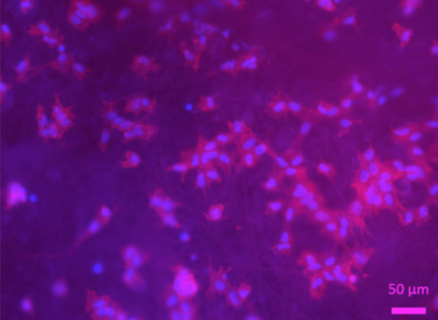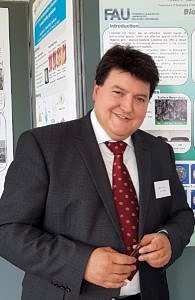Innovative approach to tendon repair

EU funds international consortium with 4 million euros
Tendon injuries are increasing around the world. To support the development of new therapeutic and diagnostic methods for tendon injuries using nanomedicine, the EU Horizon 2020 Framework programme is funding the P4 FIT consortium with approximately four million euros over the next four years. Friedrich-Alexander-Universität Erlangen-Nürnberg (FAU) is among the members of the consortium.
If ligaments and tendons are stretched incorrectly or placed under excessive strain, small tears known as microruptures develop in the muscular tissue which eventually lead to inflammation, pain and impaired movement. As tendons usually regenerate less effectively than muscles or bones, the healing process can take quite some time. P4 FIT aims to find a new approach to the regeneration process which combines different areas of research. The innovative process uses nanoparticles known as multidrug nanovectors, which can be loaded with multiple substances. Scientists plan to support tendon regeneration by engineering artificial tissue and developing substances that are capable of affecting the immune system in the desired way.
Using electrospinning to repair tendons
In addition to the six consortium members, P4 FIT also has partnerships with 21 further organisations and provides funding for 15 young researchers. The project is coordinated by the University of Helsinki and is focused on training young researchers in this field.

At FAU, P4 FIT is part of the Chair of Materials Science (Biomaterials) which is held by Prof. Aldo R. Boccaccini. Three doctoral candidates at the Chair of Materials Science are working on manufacturing and characterising innovative tissue structures that can be loaded with multidrug nanovectors to repair tendons. One of the most important methods available to the Biomaterials team is electrospinning, which produces fibrous biopolymer structures that correspond to natural tendon morphology.